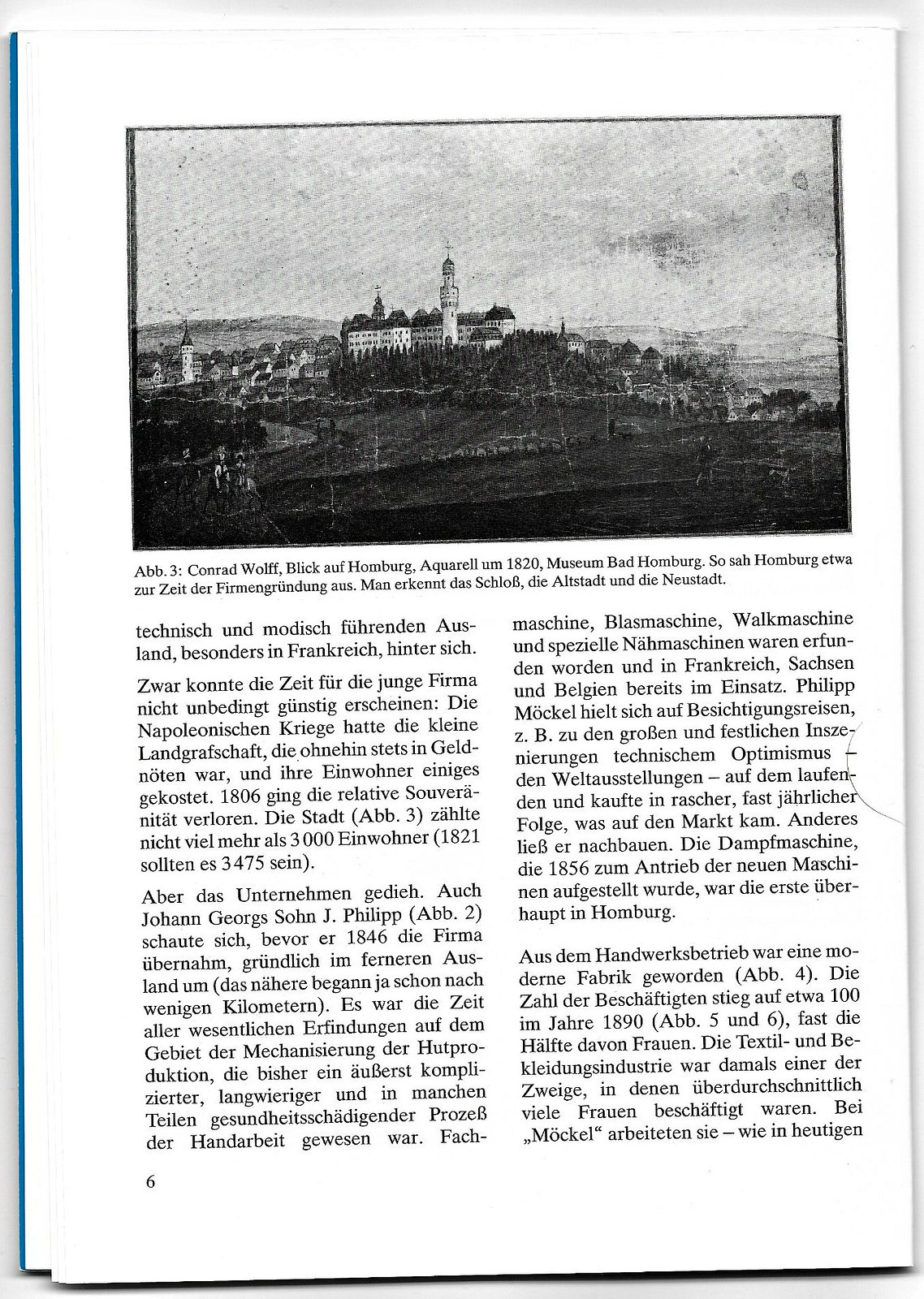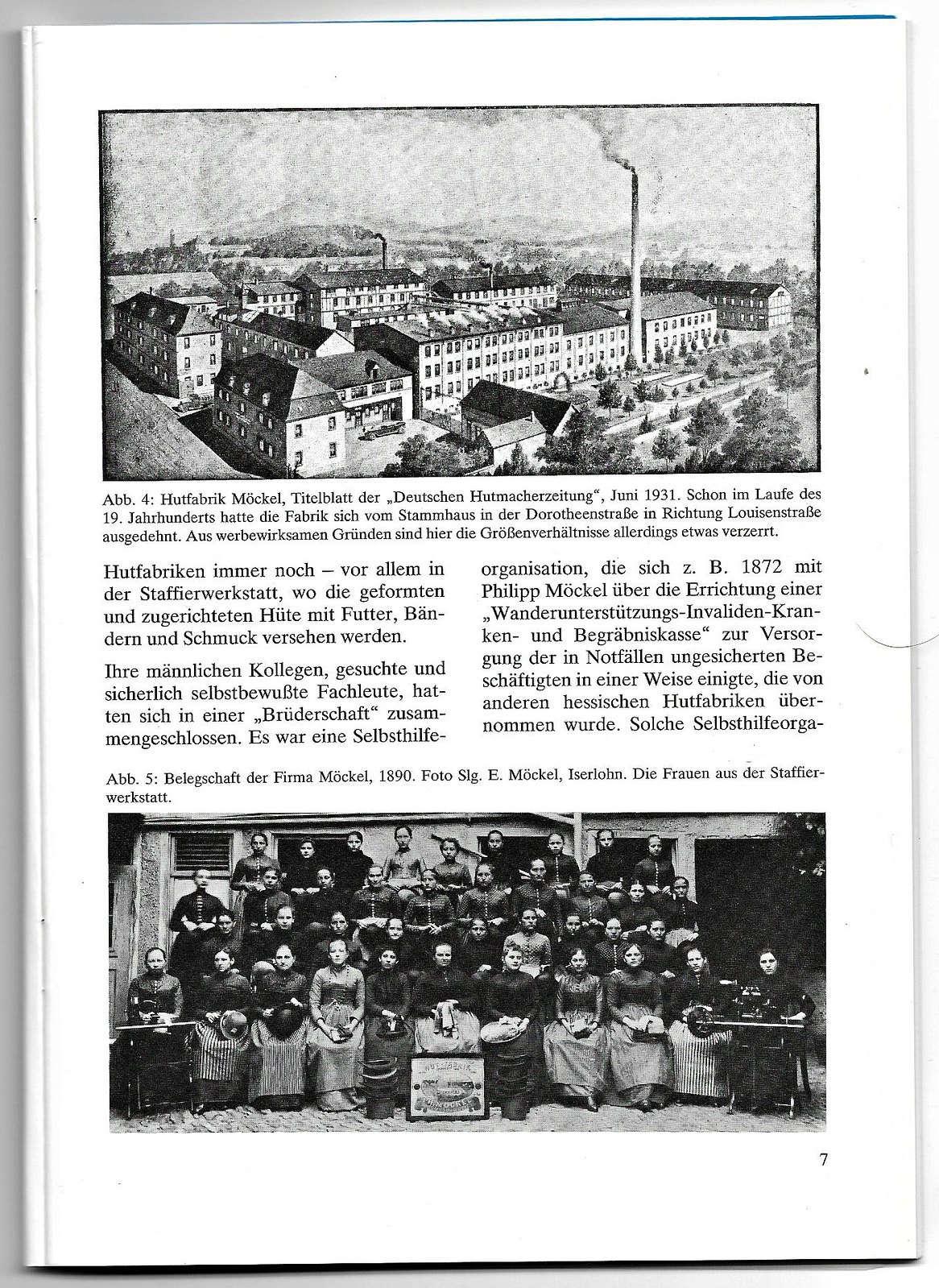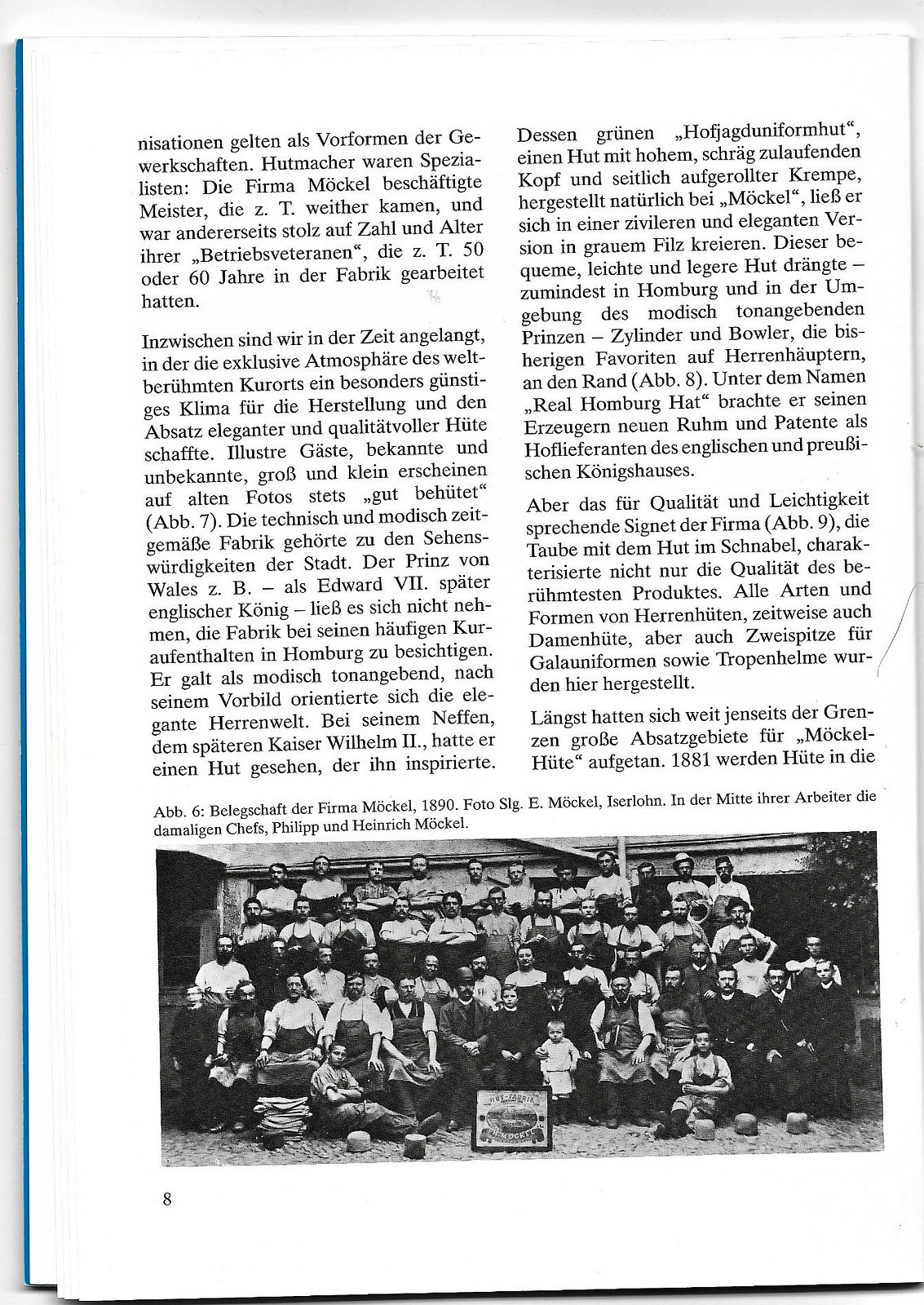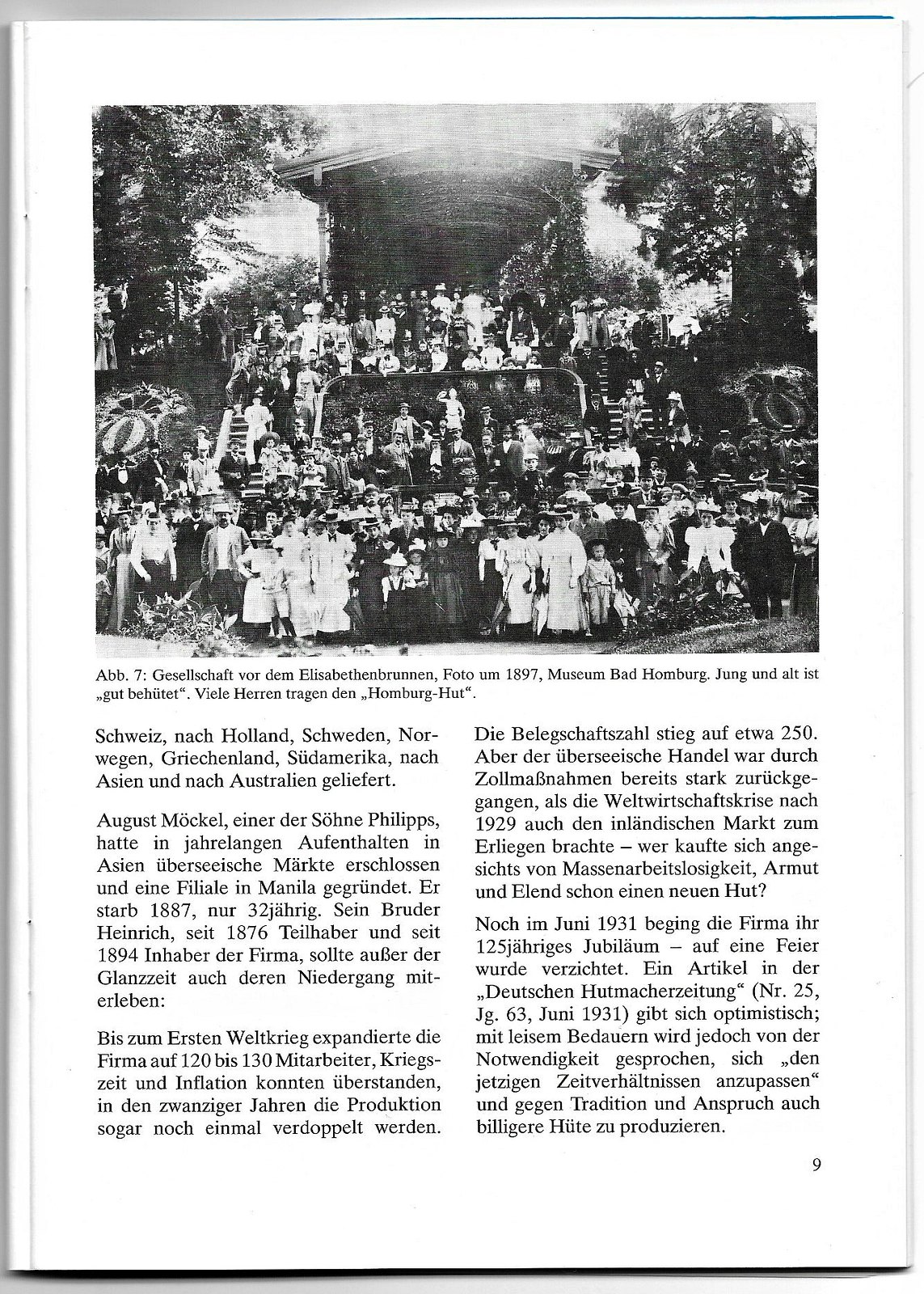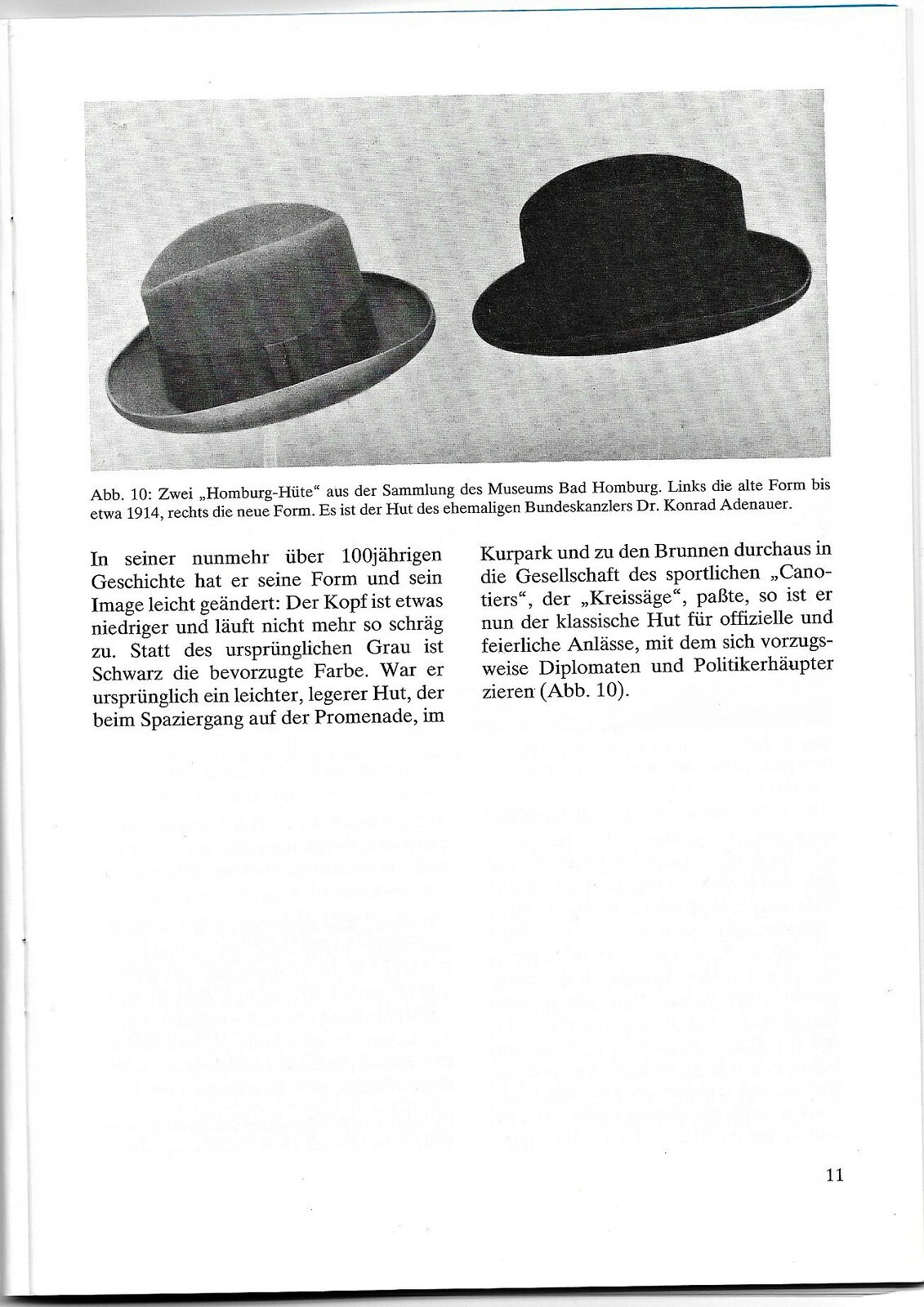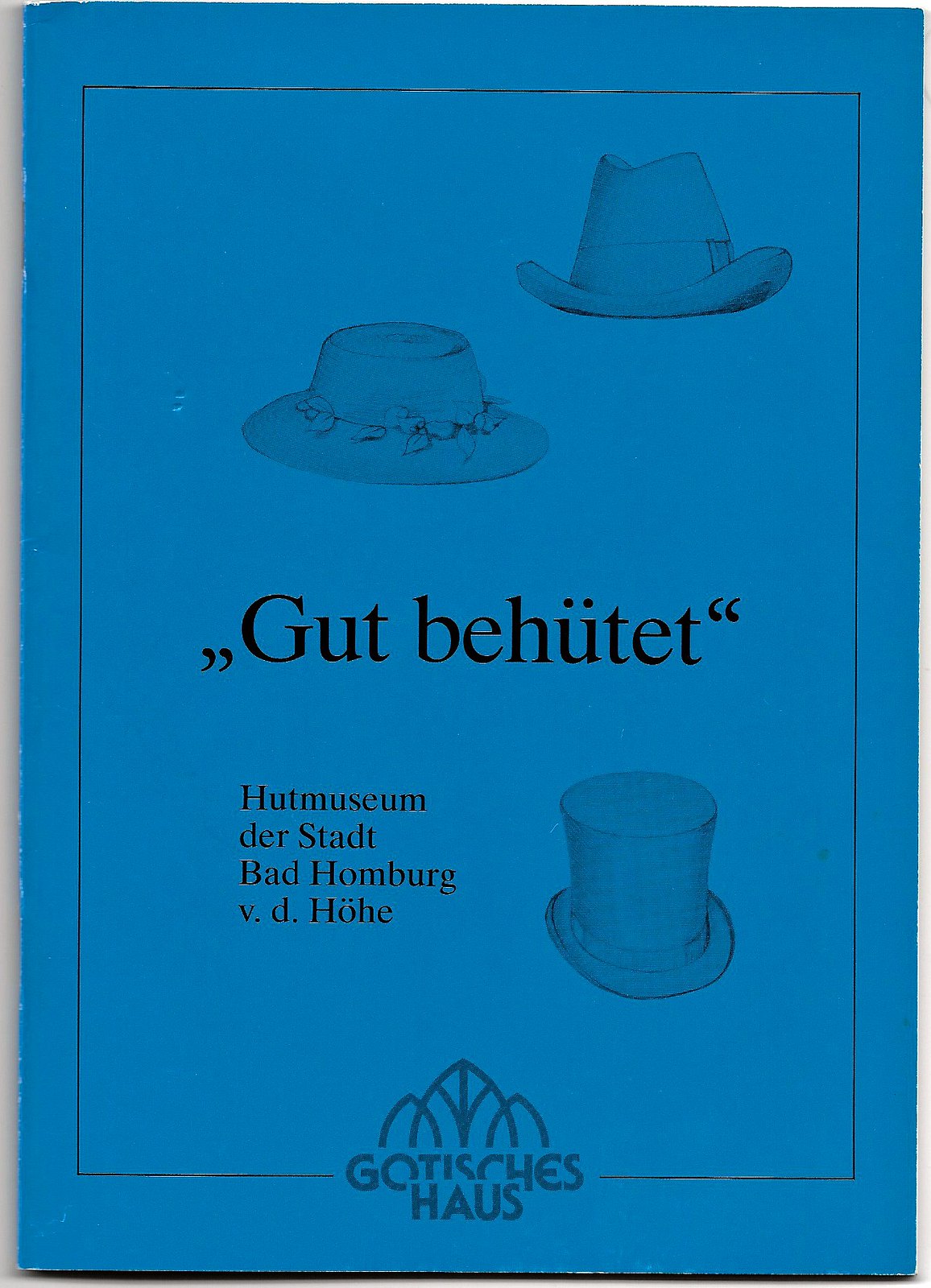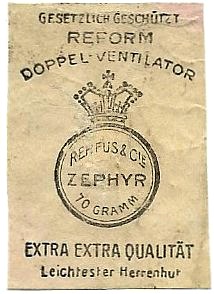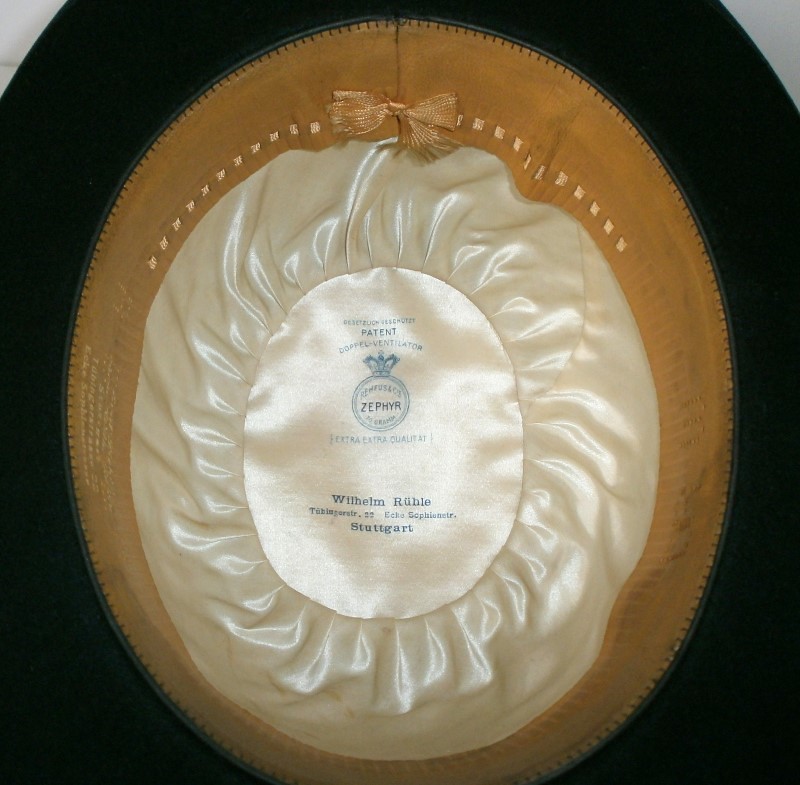- Messages
- 17,727
- Location
- Maryland
I couldn't come up with anything. It might be a abbreviation. Manfred found a Resolut "Savoy" a while ago.
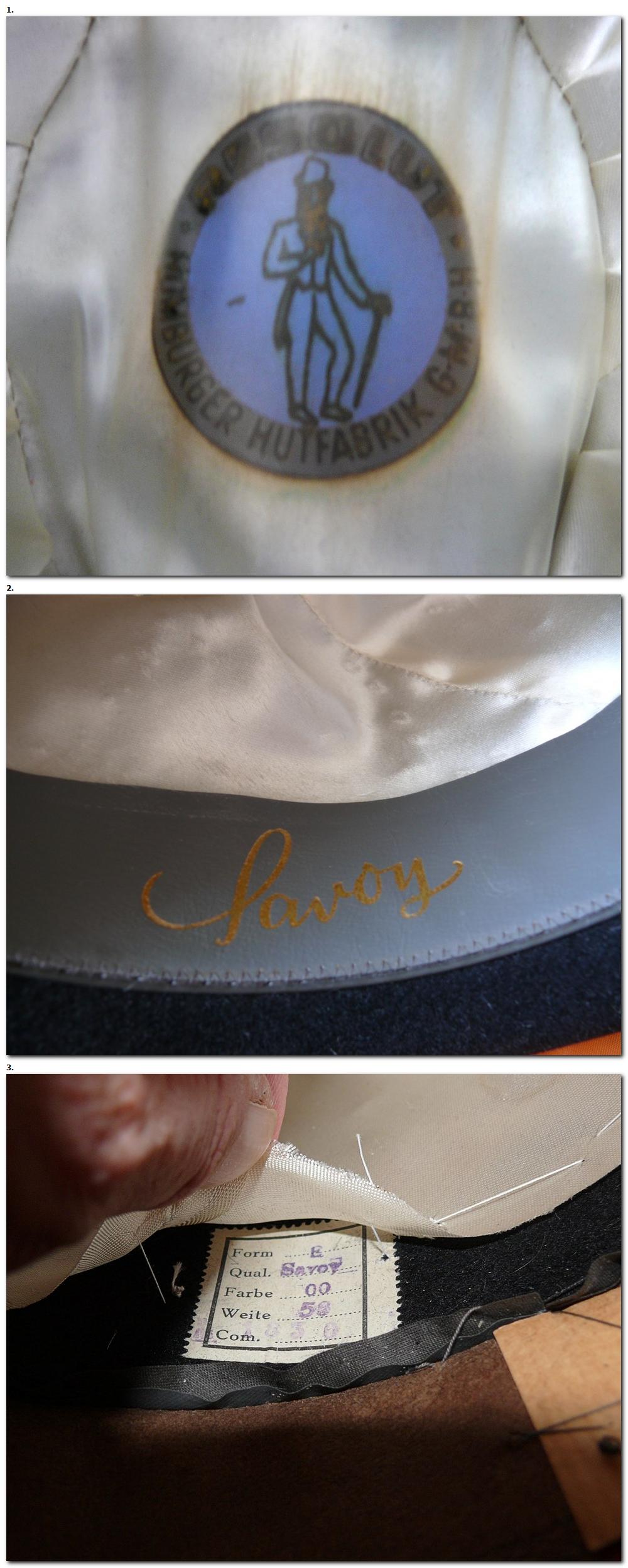


Sweet Steve! I continue to love the colorful and interesting liners in these finds. Black I assume?Resolut Homburger Hutfabrik "Stra?d ", 58cm, Crown Open 5 1/2 inches, Brim 2 3/4 inches, probably mid 1950s. This is my first Resolut Homburger Hutfabrik find. I saw a few in the Gotisches Haus (Gothic House) Bad Homburg archives. Resolut Homburger Hutfabrik was in Köppern near by Homburg vor der Höhe (Bad Homburg). The felt is really great. It's of a heavier weight but easily dry creases. The form and construction are fantastic. Not sure what the fourth letter is in the quality type "Qual. Stra?d".
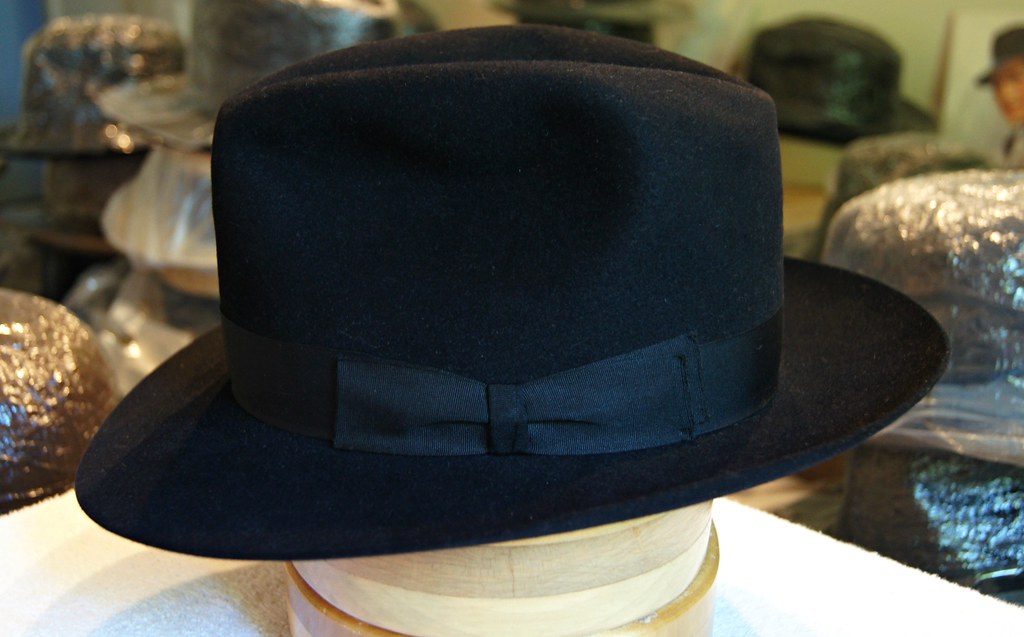
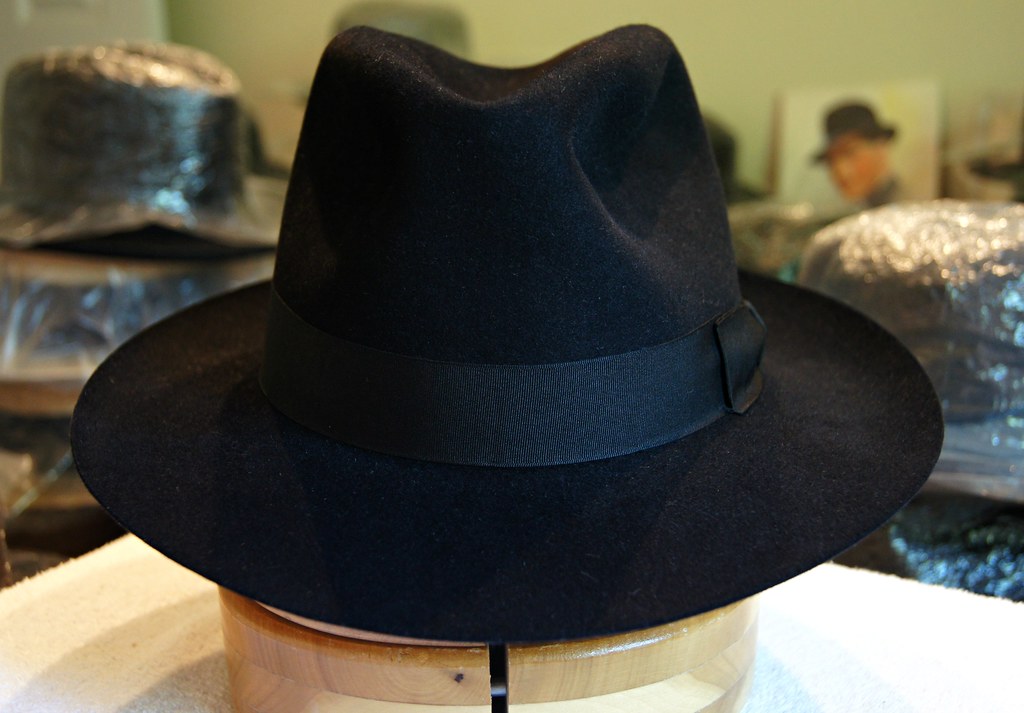




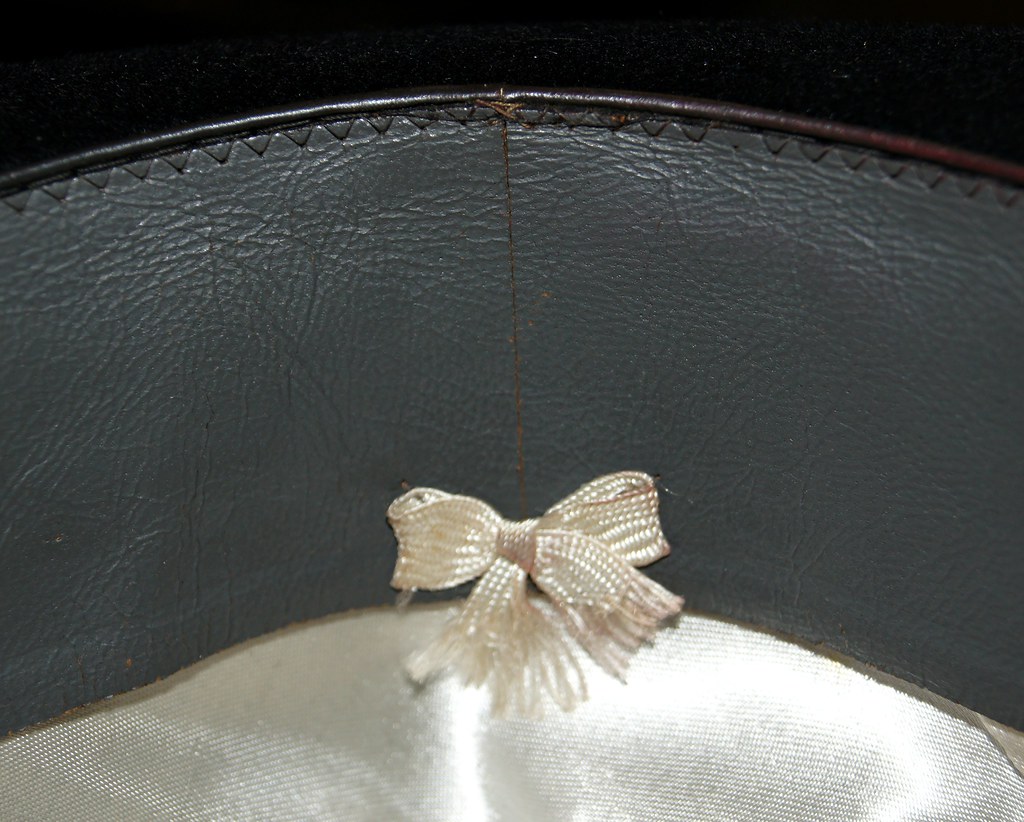
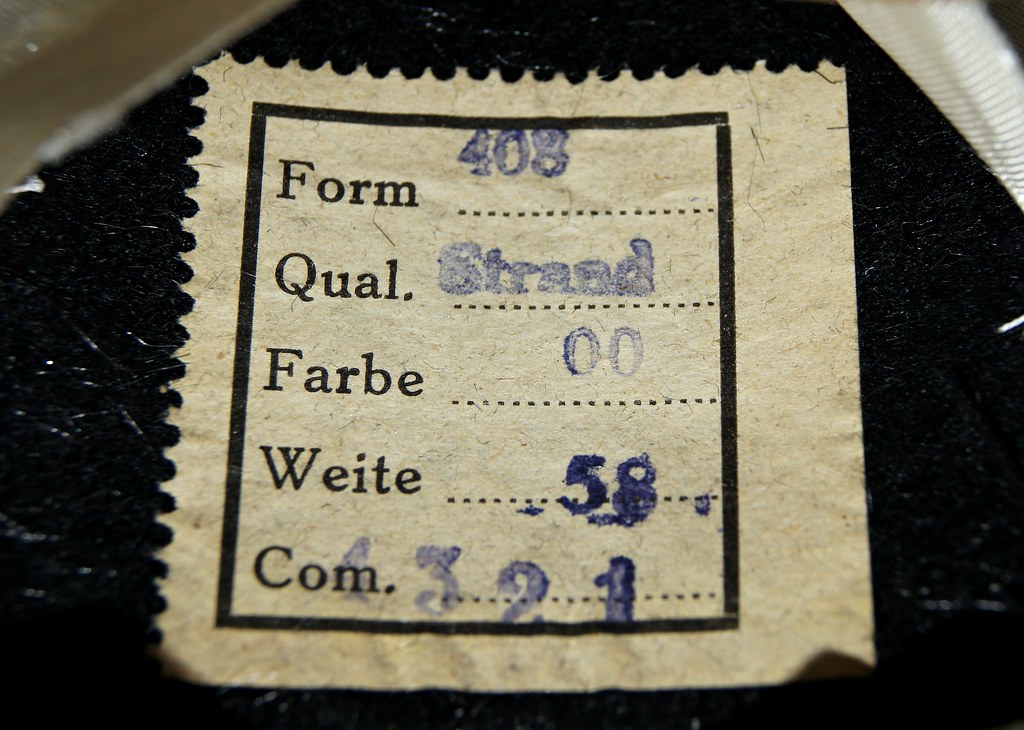
I also think , Straad - but what it means?
Gesendet von iPhone mit Tapatalk Pro
Beautiful hat, Steve. Another winner. My money would be on "strand" as to the text on the label. Strand is an actual German word (meaning beach) whereas I can't see a German manufacturer using a Dutch word like "straat". Strand could very well be a reference to the Strand in London (not to the beach - doesn't seem the hat for it), as the German did use English names for branding hats like Windsor or Cornett (there must be other examples).Resolut Homburger Hutfabrik "Stra?d ", 58cm, Crown Open 5 1/2 inches, Brim 2 3/4 inches, probably mid 1950s. This is my first Resolut Homburger Hutfabrik find. I saw a few in the Gotisches Haus (Gothic House) Bad Homburg archives. Resolut Homburger Hutfabrik was in Köppern near by Homburg vor der Höhe (Bad Homburg). The felt is really great. It's of a heavier weight but easily dry creases. The form and construction are fantastic. Not sure what the fourth letter is in the quality type "Qual. Stra?d".








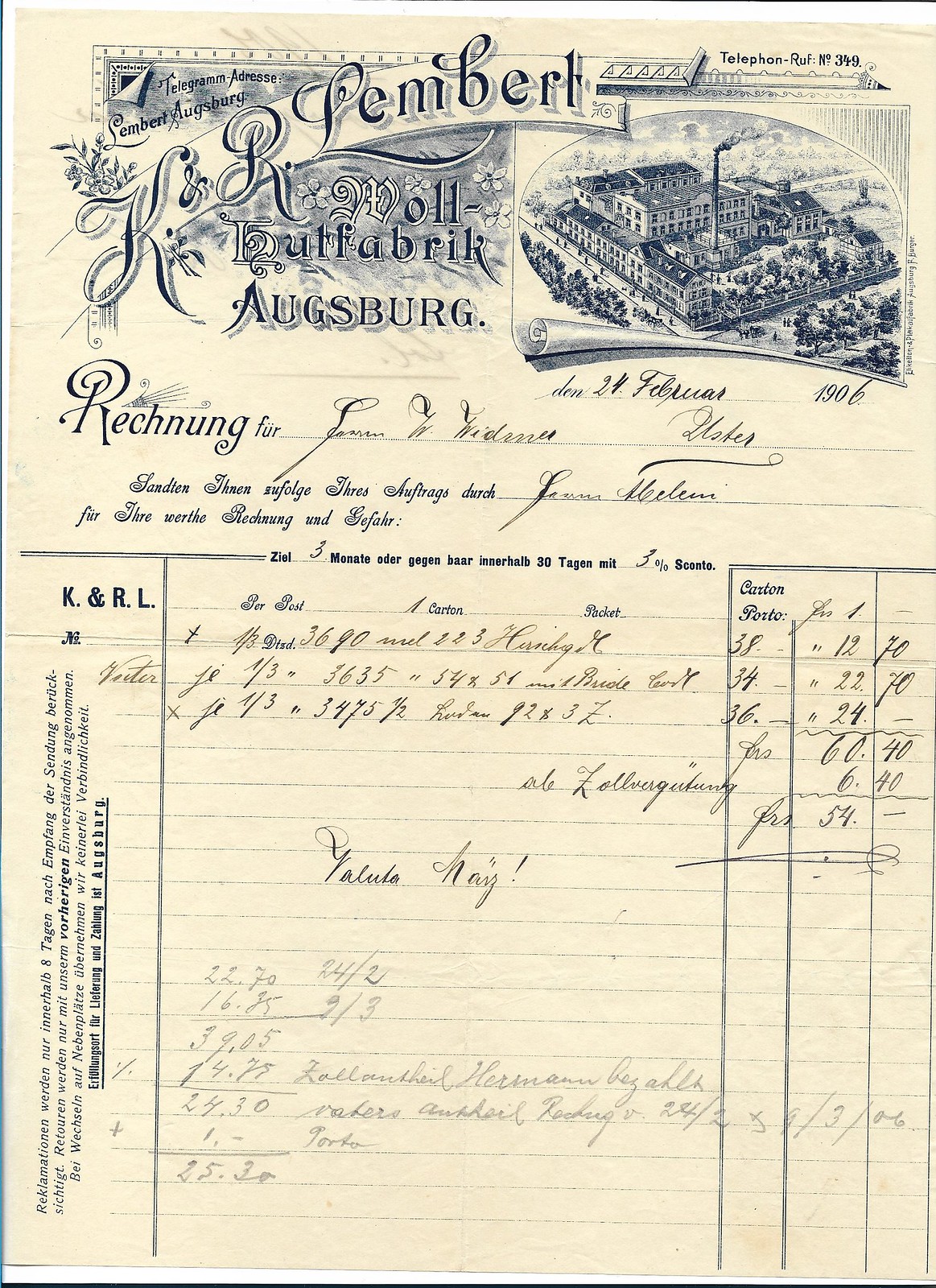

Steve, wonderful pieces of history again. I'm always amazed that someone would think of preserving these old receipts. Great find.K. & R. Lembert Woll-Hutfabrik Augsburg., February 24, 1906, Receipt
(Click On Photos to Expand)


 John Lofgren Monkey Boots Shinki Horsebuttt - $1,136 The classic monkey boot silhouette in an incredibly rich Shinki russet horse leather.
John Lofgren Monkey Boots Shinki Horsebuttt - $1,136 The classic monkey boot silhouette in an incredibly rich Shinki russet horse leather.  Grant Stone Diesel Boot Dark Olive Chromexcel - $395 Goodyear welted, Horween Chromexcel, classic good looks.
Grant Stone Diesel Boot Dark Olive Chromexcel - $395 Goodyear welted, Horween Chromexcel, classic good looks.  Schott 568 Vandals Jacket - $1,250 The classic Perfecto motorcycle jacket, in a very special limited-edition Schott double rider style.
Schott 568 Vandals Jacket - $1,250 The classic Perfecto motorcycle jacket, in a very special limited-edition Schott double rider style. 
